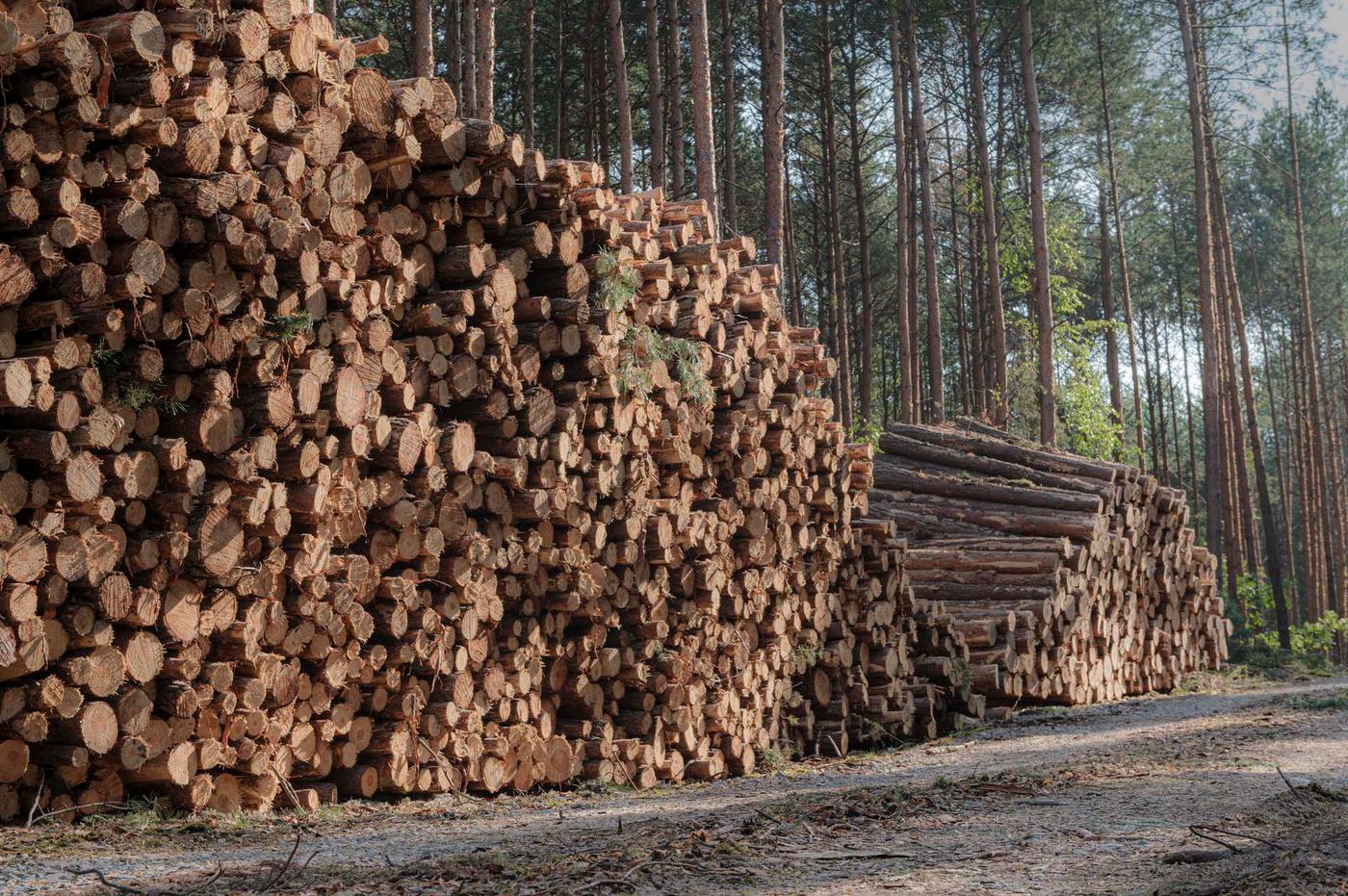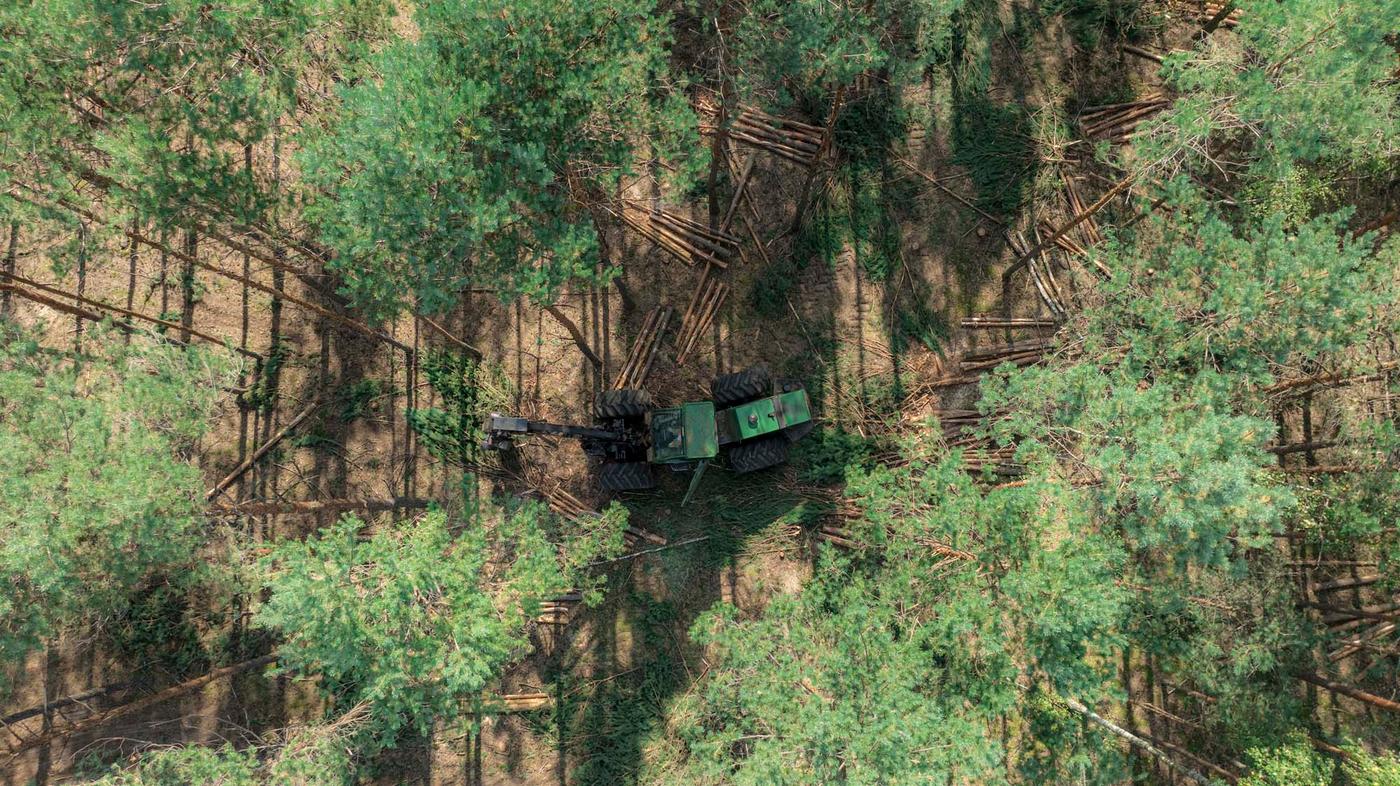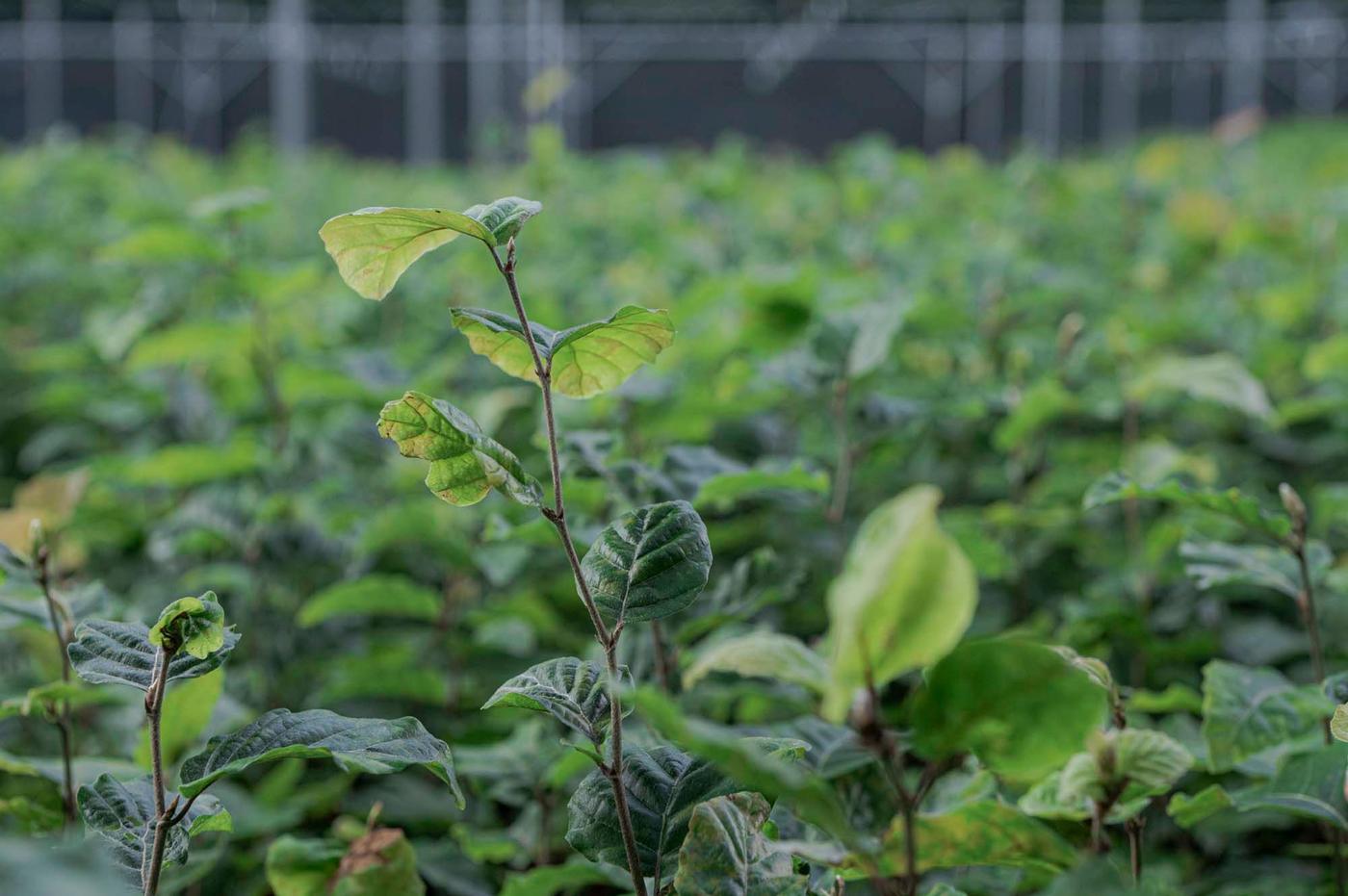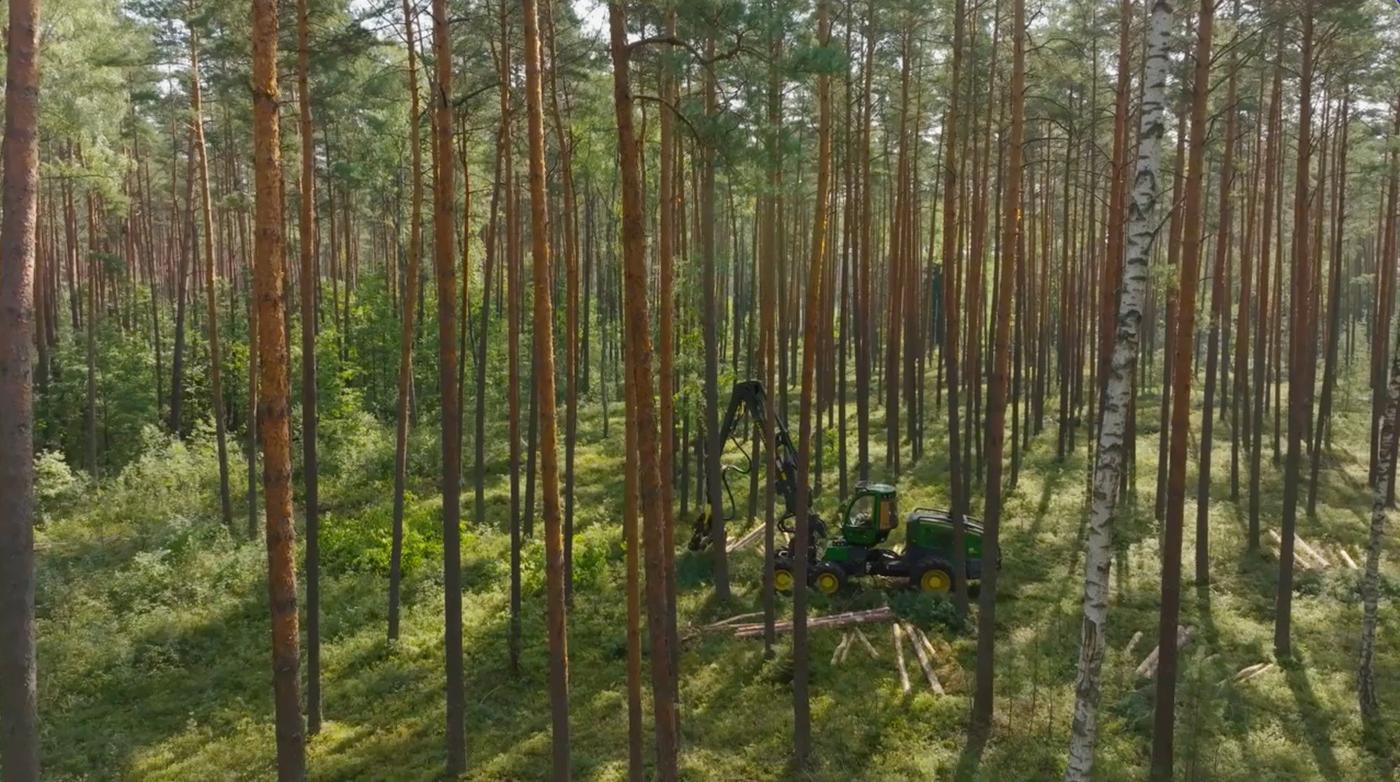
How does IKEA make sure its wood is responsibly sourced?
We have developed a comprehensive wood control system to ensure all our wood comes from responsibly managed forests. IKEA does not accept wood that fails to meet the required standards of IWAY. If we identify any potential non-compliance with our requirements or any breaches of the law, we take immediate action.
IWAY requirements
To ensure that our suppliers and the forests owned by companies under the IKEA brand comply with legal requirements, all our suppliers must adhere to IWAY, the IKEA supplier code of conduct.
Since 2000, IWAY has included a specific section outlining our requirements for forest materials. The IWAY Forest Materials Section includes requirements to ensure traceability and legality of the wood used in IKEA products, and the provision and support of decent and meaningful work. IWAY audits, announced and unannounced, are carried out by approved auditors at IKEA business partners using forest materials and across selected high-risk supply chains. IKEA does not accept wood that fails to meet the required standards of IWAY.
By working with our committed suppliers to help ensure they source wood and other forest materials from responsibly managed forests, we can contribute to improving forest management practices and achieving the goals set in the IKEA Forest Agenda 2030.
IKEA suppliers must commit to:
- Using only tree species approved by IKEA
- Knowing the wood origin
- Using only wood that meets IKEA forest materials requirements
- Not using wood that comes from illegally harvested forests
- Not using wood that comes from operations engaged in forest-related social conflicts
- Not using wood that is harvested in intact natural forests or high conservation value forests, unless certified
- Not using wood that is harvested from natural forests in the (sub)tropical regions being converted to plantations or non-forest use
- Not using wood from officially recognised and geographically identified commercial genetically modified tree plantations
- Not sourcing from forests in regions under international sanctions
Our control system
Our comprehensive due diligence system consists of:
Traceability
All suppliers must be able to track the origin of the wood used in IKEA products. We require all suppliers to provide reports on their wood use three times a year and be able to provide more information, upon request. IKEA requires suppliers to annually submit their wood procurement plans, which helps to identify and proactively mitigate any potential risks.
Procedures in place
All suppliers must implement our requirements throughout their supply chain
Audits by IKEA and external auditors
To verify the compliance of the wood entering our supply chain, IWAY audits are carried out by approved auditors. These audits, announced and unannounced, are conducted at IKEA business partners using forest materials, and across selected high-risk supply chains. IKEA does not accept wood that fails to meet the required standards of IWAY. That means no sourcing of wood from, for example, illegally harvested areas, areas with social conflicts related to the forest and no sourcing from Intact Forest Landscapes (IFL) or other geographically identified High Conservation Value Forests (HCVF), unless the area is certified by a forest certification system recognised by IKEA. We have integrated forensic methods such as anatomic, isotope and DNA analysis to verify wood species and origins as a part of our forestry due diligence system on a risk-based approach.
Third party audits
To ensure additional independent verification, external third-party audits evaluate and confirm compliance. If we identify any potential non-compliance with our requirements or any breaches of the law, we take immediate action.
Certification
We require that our suppliers comply with the strictest standards developed by credible, global third-party certification systems, like the Forest Stewardship Council (FSC).
Under no circumstances do we accept wood that fails to meet our critical requirements. If we discover irregularities, we take immediate action.
Meet the people behind responsible wood sourcing verification at IKEA

Why do we use FSC-certified wood?
At IKEA, we believe we can accomplish more by working together. For many years, we have been committed to working with different stakeholders to protect and strengthen the world’s forests. One of our key partners is the Forest Stewardship Council (FSC) – an organisation that brings together different voices that represent a wide range of needs for responsible forest management. IKEA was one of several founders in 1994.
We use wood from approximately 50 markets around the globe which means our business has a significant potential to impact the world’s forests and the timber industry. That’s why we place responsible forest management and wood sourcing at the core of our business.
More than just harvesting
FSC is an independent global forest certification system that develops national forest management standards for responsible forest management and sets strict rules for harvesting and maintenance practices that don’t contribute to deforestation. We believe FSC is the most credible certification due to its comprehensive scope, going beyond providing additional assurance that the wood in our supply chain comes from responsibly managed forests. It also supports evaluation of areas of high conservation value to be excluded from logging and includes requirements for biodiversity protection, such as identifying and setting aside critical high conservation value areas in forests. FSC also supports community rights and takes action to develop a fair and safe environment for those working in the forest.
FSC-certified wood means that it comes from sources where the forests are regenerated, preventing net loss of forest cover. FSC's democratic and transparent approach allows all stakeholders, including businesses and environmental groups, to contribute by using their voice to strengthen the certification system. IKEA is one of over 1,100 FSC members, and we encourage others to join and contribute with their knowledge and insights.

